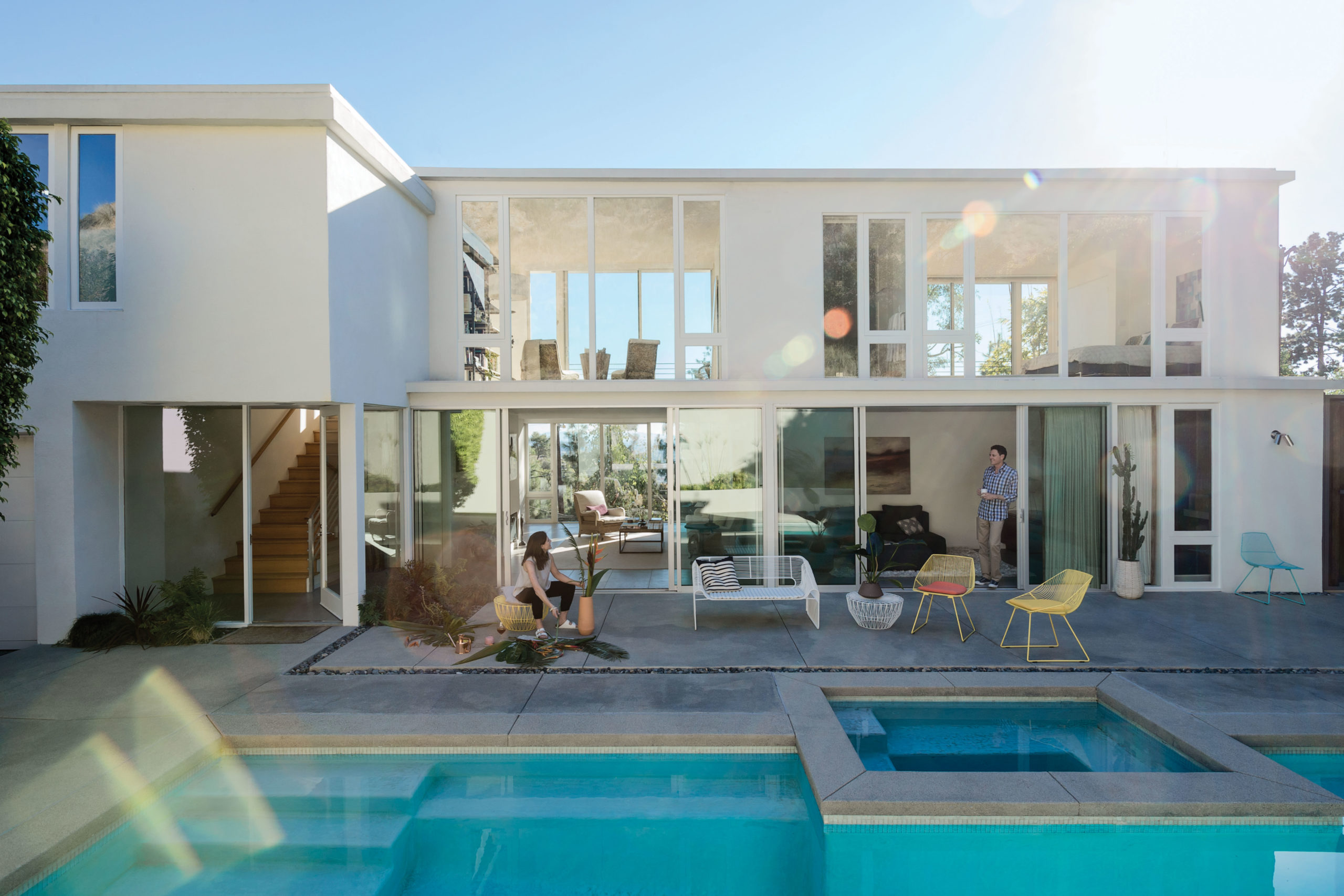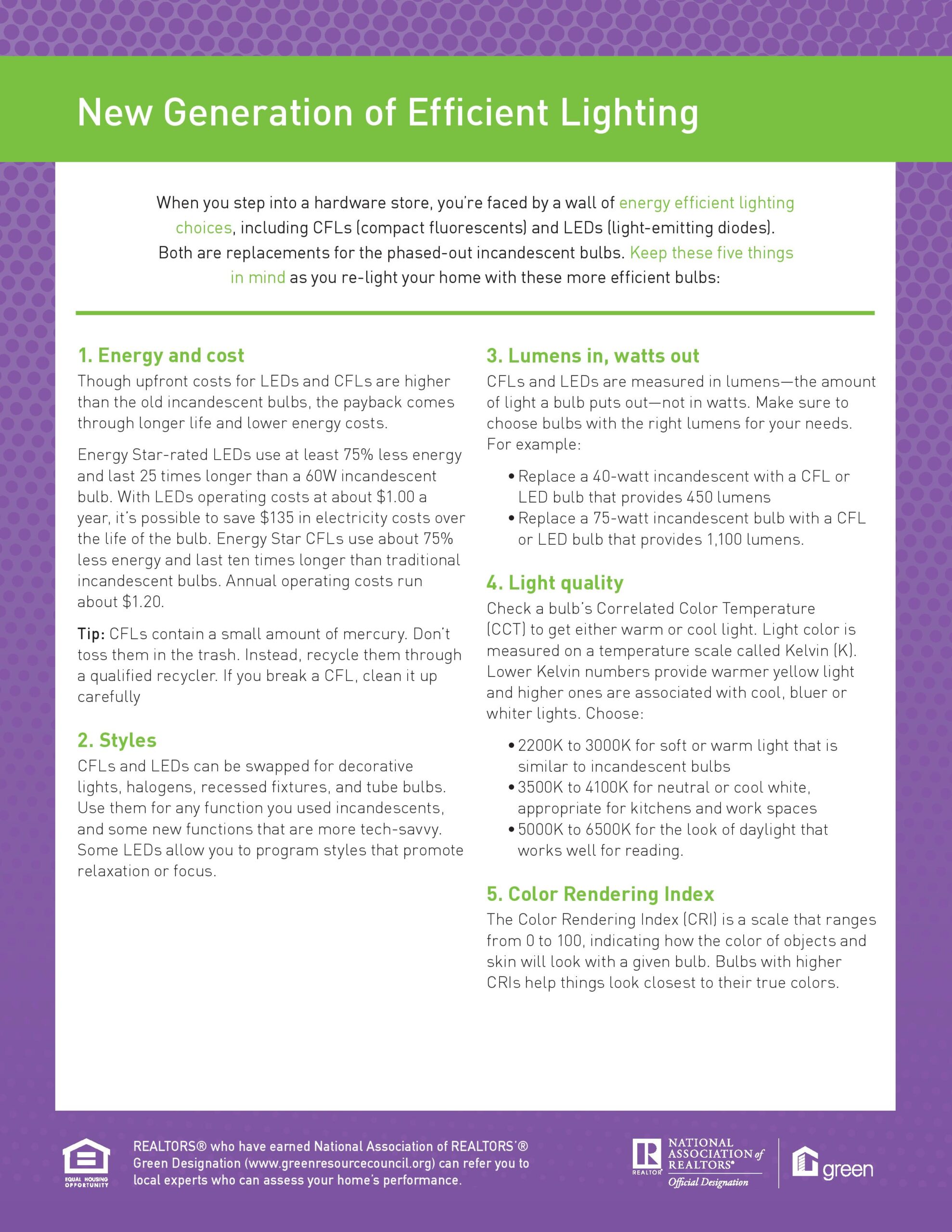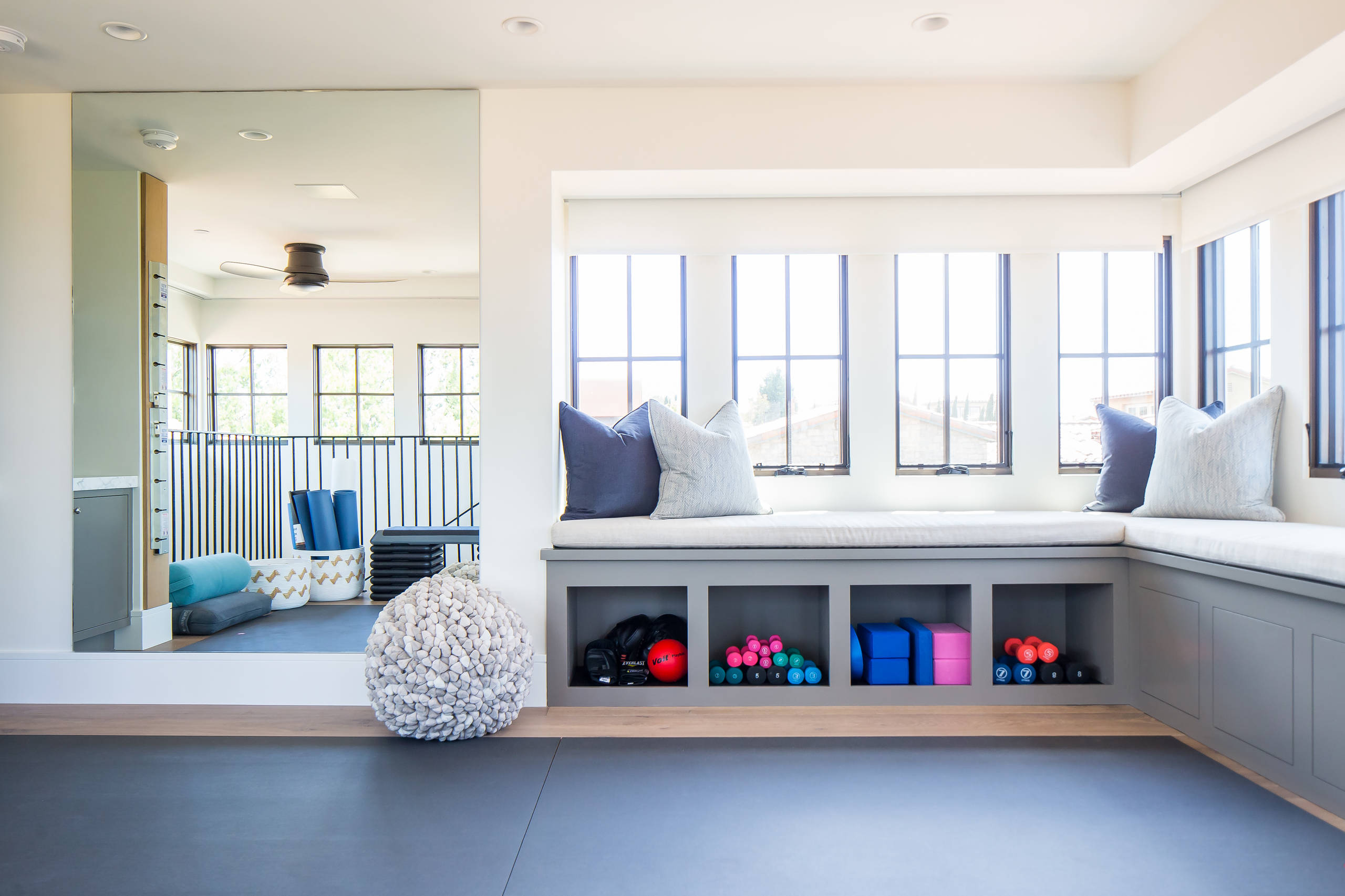
Healthy Air & Water Quality in Your Home
These are some easy preventative steps you can take to improve the air & water quality inside your home.



These are some easy preventative steps you can take to improve the air & water quality inside your home.

Read on to learn more about homeowner tax deductions, how to use them, and whether they might be a way for you to lower your tax bill.

Debt has become more expensive, and as a result, the net savings of a cash-out equity refinance can save homeowners hundreds of dollars each month.

Once you live in the same house for a while, the question becomes: “Should I renovate or move?” Here’s what you need to know.

Take a closer look at that home gym project to determine whether this is the year you should make those home gym dreams come true.

What can you do to protect your home from wildfires, as blazes continue to rise? Here are six smart tips to safeguard your biggest investment.